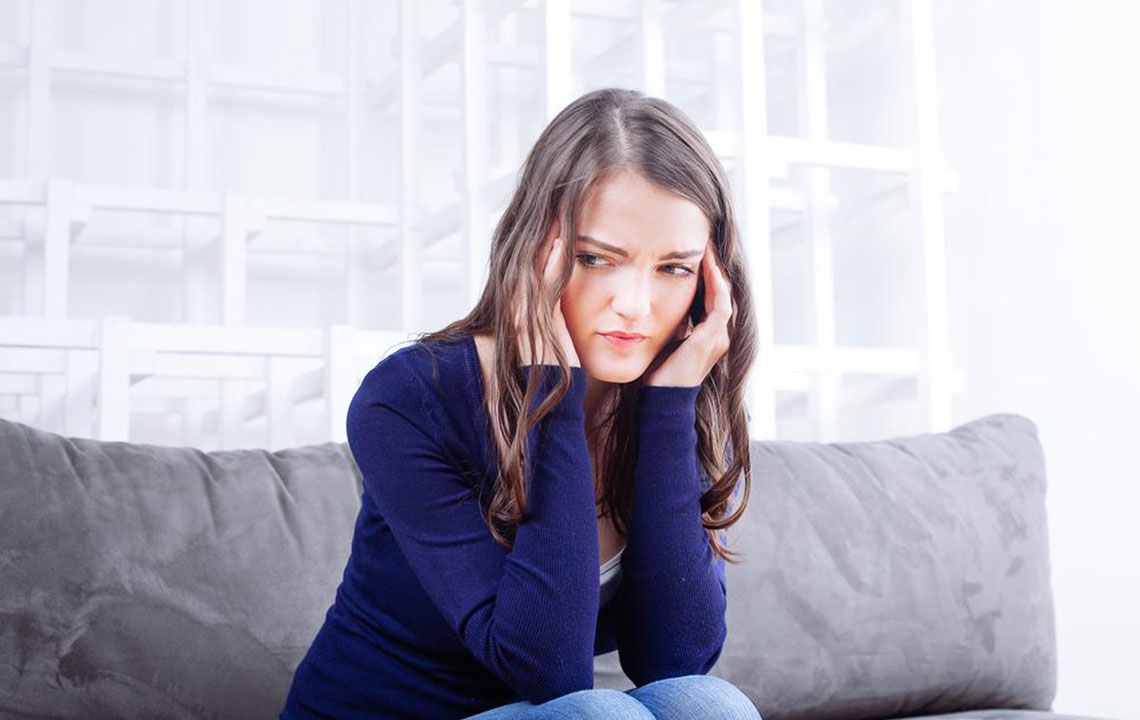Top Treatments for Migraines You Should Know

Migraines are characterized by throbbing headaches, mostly on one side of the head; this is accompanied by sensitivity to sound and light, nausea, and vomiting. Migraines include a stage known as aura, which makes the person go through visual disturbances like zigzags, splotches, flashes, blind spot, or shimmering color lights.
Causes of migraines
There is no known cause of migraines as admitted by the doctors themselves. However, researchers believe that the issue is hereditary and pass on generations after generation. It is also believed that migraines are related to the transformations in the brain. Some people also inherit the triggers that cause migraines like bright lights, fatigue, weather change, etc.
Top treatments for migraines
If you are prone to migraines, some stimuli are present which make them reoccur. You need to track your headaches and look for potential catalysts and patterns like the following which would help you decide the top treatments for migraines that would suit you best.
Estrogen levels: Before menstruating, women experience a steep decline in their estrogen levels that spark migraines in some people. Low-dose contraceptives for estrogen can help in this.
Alcohol: People who get a “hangover” just after having one drink are experiencing a migraine at that time. You must avoid the kinds of alcoholic beverages that give you a headache within eight hours of consumption. It may happen that vodka would be fine but consuming beer may not be so for certain people with migraines. Curbing the consumption of alcohol can be considered as one of the top treatments for migraines.
Missed meals: Blood sugar level fluctuations result in a cascade of a pain setting off a migraine as well. Thus, it is always important to keep your blood sugar levels in control. One should not go beyond three hours without eating food. To keep the glucose level steady, it is advisable to include lean meat in your diet to maintain glucose levels.
Caffeine: If you are heavy caffeine consumer, you are prone to getting withdrawal headaches, which stimulate the migraine center of your brain and turn into headaches. To take care of this issue, limit the intake to 200 mg a day.
Sleep disruptions: Sleeping and waking up in a timely manner regularly would prevent you from having migraine attacks since disrupted sleep triggers a headache.
Natural remedies as top treatments for migraines
Ice packs
Migraines are better dealt with cold rather than heat. Since ice is anti-inflammatory, it is a great and probably the safest way and is one of the top treatments for migraines.
Supplements
A recent study showed that people who took 400 mg of riboflavin (vitamin B2) every day for three months had fewer migraines after that. This makes it one of the top treatments for migraines. Another supplement that goes by the name CoQ10 has shown positive effects in people suffering from migraines.
Relaxation techniques
To ease shoulder and neck spasms, massage the area, as this is one of the most popular and top treatments for migraines. One can also try tai chi which increases body awareness. Thus, you can easily detect an oncoming headache and treat the same as well accordingly. Restorative yoga, which focuses on mindfulness, also help to treat this ailment.
Herbs
There is an herb known as butterbur which is proven to prevent migraines since it channels healthy blood flow to the brain. As this is also one of the top treatments for migraines, one can also take dry-leaf capsules of feverfew to lessen the regularity of migraine occurrences.
Acupuncture
This would provide you same long-term results as medicines but without the side-effects, which makes it one of the top treatments for migraines. Some may get relief as a placebo effect but still, the treatment can provide a real solution to the problem.
Top medical treatments for migraines
Triptans
These prescription drugs were introduced in the year 1991 to treat migraines. Though these affect every migraine-causing mechanism, these may be the reason for rebound headaches as well.
Anti-hypertensives/Beta-blockers
These are meant to treat angina, high blood pressure, and fast heartbeats. However, they contain metoprolol, propranolol, and timolol. Thus they are also able to prevent migraines as these affect relevant blood vessels. In most cases, the patients experience a few side effects however there are rare cases when the heart-rate drops to a dangerously low level due to the drugs.
Anti-seizure medications
Some migraine patients get relief by using prescription medicines to stop seizures like valproic acid and topiramate. The migraine frequency is reduced by 50% since these medicines inhibit certain neurotransmitters. However, they can cause adverse side effects as well like drowsiness and confusion.
Antidepressants
SSRIs and tricyclics have shown positive effects on people suffering from a migraine. This is because the drugs try to balance the serotonin levels which increases to abnormal levels and causes migraines. However, they are not advised often until the patient is suffering from depression.
Botox
Botox injections have been clinically proven to treat a chronic case of migraines. The treatment involves 31 shots, each given at an interval of 12 weeks. The best part is that side effects are really rare.
It is important for you to see a doctor if you suffer from recurrent headaches and get treated for the same before it advances and reaches a stage which would make it difficult to cure.


